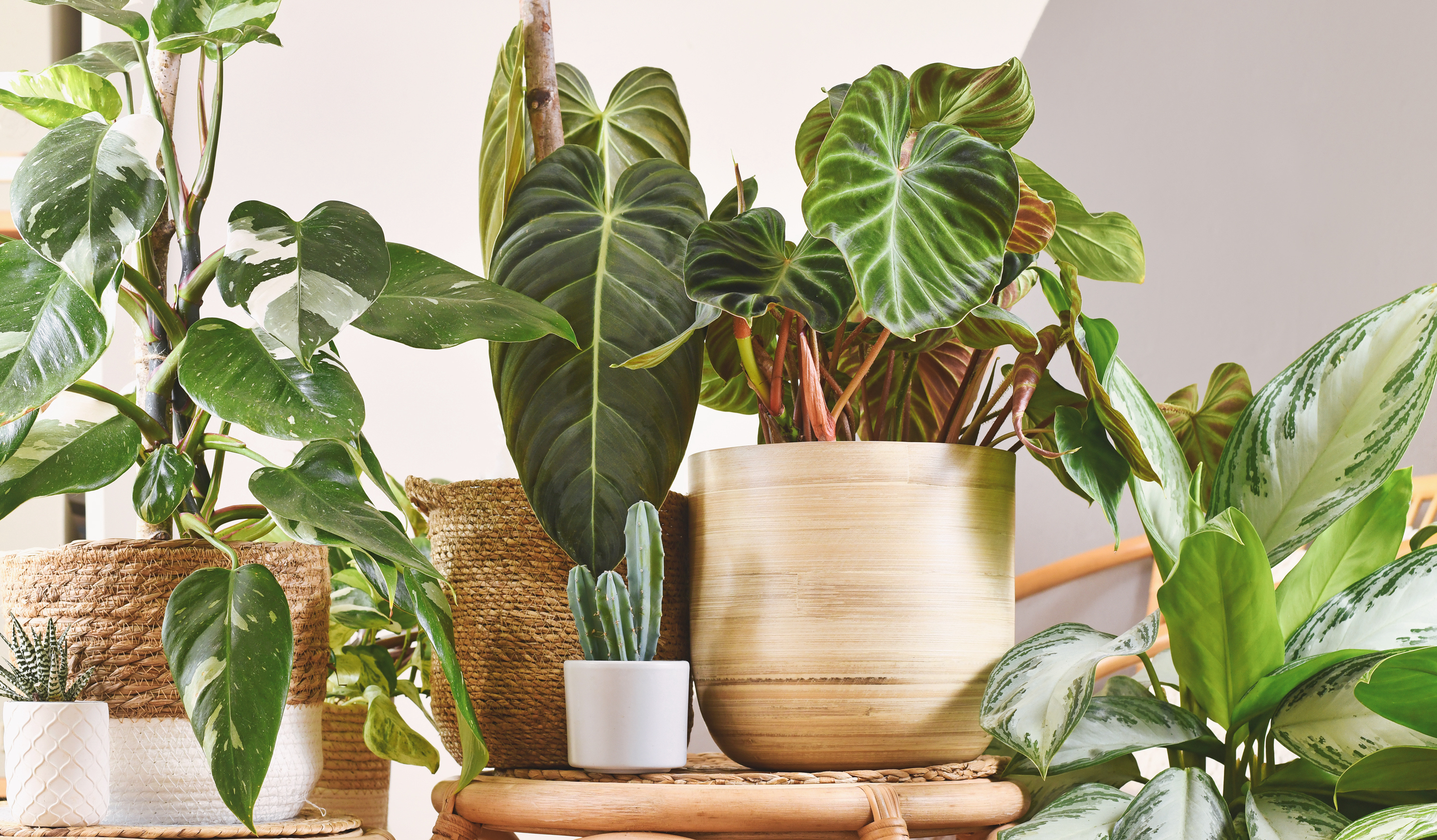
Fiddle-leaf fig, Monstera and Parlour palm are all popular additions to an indoor garden. We love them too–but we'd like to introduce some more unusual plants you might never have heard of.
Many of the widely known varieties are often plants that are best for beginners. Plants that are lesser known tend to require a little extra attention — yet, you don't need to be an expert in horticulture to include them in your indoor garden. An attentive or organized plant parent will do-as long as the conditions are right.
Some of the unusual plant species are often a little more sensitive to over-watering or light levels. Yet once you're familiar with their requirements, they will reward you with spectacular displays of fabulous foliage.
'When you are hit with a plant you’ve never seen before but must have it, go on and add it to your wish list. But leave it right there until you’ve done at least a cursory search of the plant’s needs first,' says Kamili Bell Hill, author, Happy Plants Happy You.
'Some of the prettiest plants I discovered were also the neediest. They did not stand a chance in my dry house, but I hadn’t bothered to do the research first. I could have saved us both some heartache.
'Now I research a little first. Do you have what it takes to give the plant what it needs? Is your light right? What about humidity? If your answer is no, save yourself some heartache and just love that plant from afar.'
1. Alocasia Cuprea
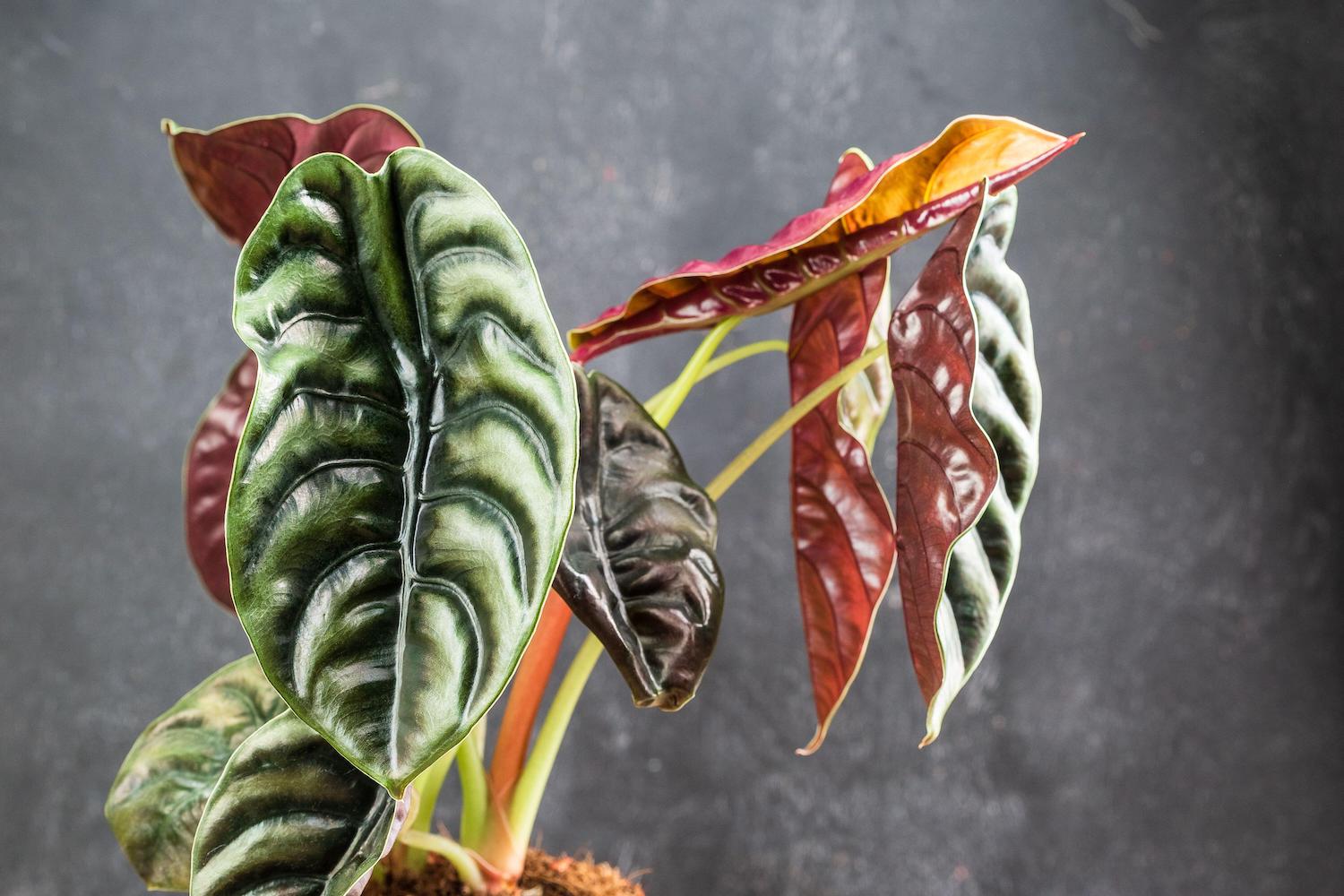
Fans of plant expert and author Hilton Carter, might be familiar with the Alocasia Cuprea, but most mortals may not be. The plant stylist loves this particular plant for its glossy, almost-fluted like leaves.
'When I’m plant styling a space and I notice that there is a fluted piece in the room, I like to add an A. cuprea to complement it and draw the eye from one side of the room to the other,' says Hilton, author of Living Wild.
'Although the plant’s fluted foliage is organic, it shimmers like copper in the light that dances across its grooves. Its sheen plays really well with other metallic accents in a room, so it’s a great choice for lofts and industrial warehouse spaces.'
'This plant needs a spot that receives ample amounts of bright indirect light,' Hilton says. It makes it a great houseplant for north-facing rooms, or east-facing, too. 'Remember to keep it out of the reach of direct sun, however, as this can burn the foliage.'
'Make sure the roots are wrapped in a soil medium that is well aerated with a mix of bark, sphagnum moss, and organic potting soil. Refresh the soil once a year for best results.'
'Water with rain or distilled water whenever the top inch/2.5cm of soil is dry. The goal should be to keep the soil evenly moist but not wet. This plant thrives in humid conditions, so it helps to place it near a humidifier and mist once a week.'
2. Anthurium Regale
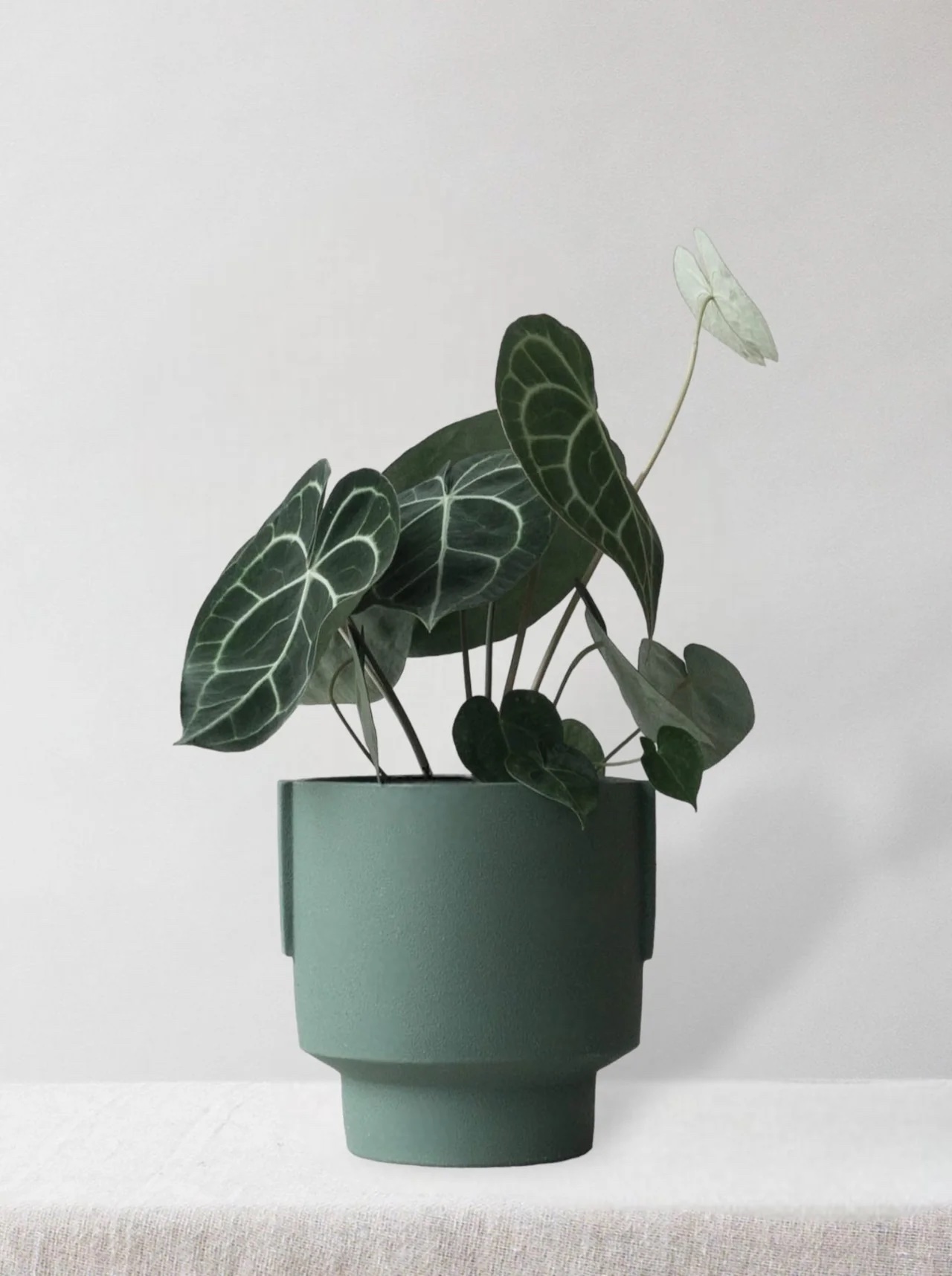
The Anthurium Regale is another unusual plant amongst Hilton Carter's favorite foliage. The stylist, artist and author loves A. regale as much for its texture as its distinctive leaf patterns.
'With its velvety green foliage and electric white veins, this exquisite specimen is one plant that your favorite plant lover’s plant lover has in their collection,' says Hilton.
'It’s a rare beauty that many find difficult to bring indoors, but when given the proper care, it can be the perfect plant to style within your interior design. Its soft texture pairs perfectly with or against so many textures in the home.
'Personally, I like to combine it with hard, cold materials such as stone or clay for a pleasing juxtaposition. Undoubtedly a statement plant, an A. regale in the home speaks to one’s taste for the finer things in life.
'The Anthurium regale is a shade and dappled light lover. Stay away from direct sun as this can burn the delicate foliage and kill the plant over time. Keep the soil moist but not wet.'
3. Cordyline Red Sister
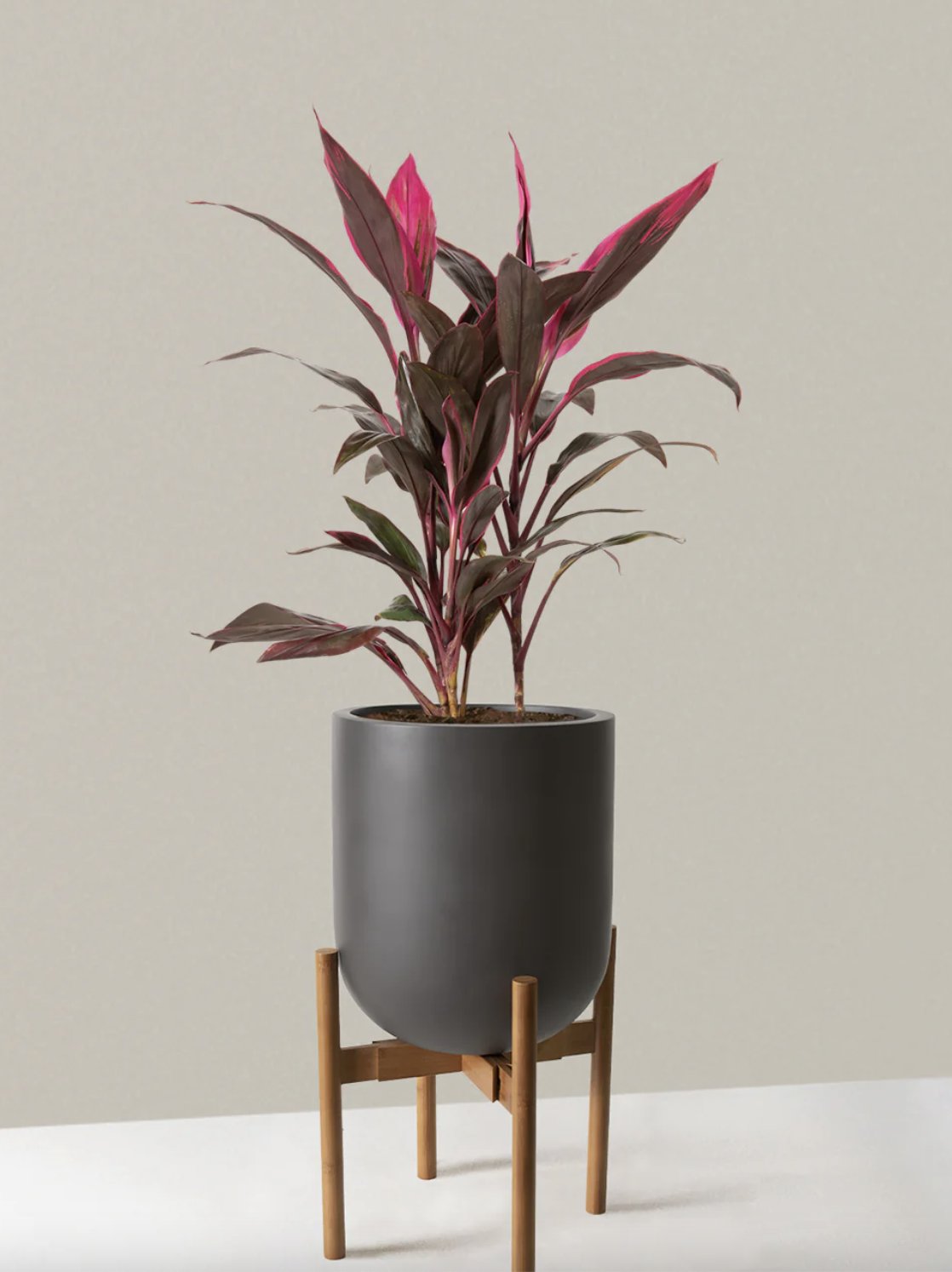
If you like houseplants with colorful leaves, the Cordyline Red Sister is one to add to your indoor garden. Also known as the Ti plant, this beauty sprouts deep pink leaves and can grow up to ten feet tall.
'We love the Cordyline ‘Red Sister’ because of its rich burgundy colored leaves,' says Paris Lalicata, plant expert at The Sill. 'They make such a bold statement and instantly enhances any room's aesthetic.
'It has long, sword-shaped leaves that gracefully arch giving it an unusual architectural form. Place it in a room as the focal point, or even an accent piece.
'To best care for the Cordyline Red Sister, provide bright indirect light to a few hours of direct sunlight, and water it once roughly half the soil has dried out. Being a tropical plant, it’ll also benefit from high humidity and warm temperatures indoors.'
4. Grape ivy (Cissus antarctica)
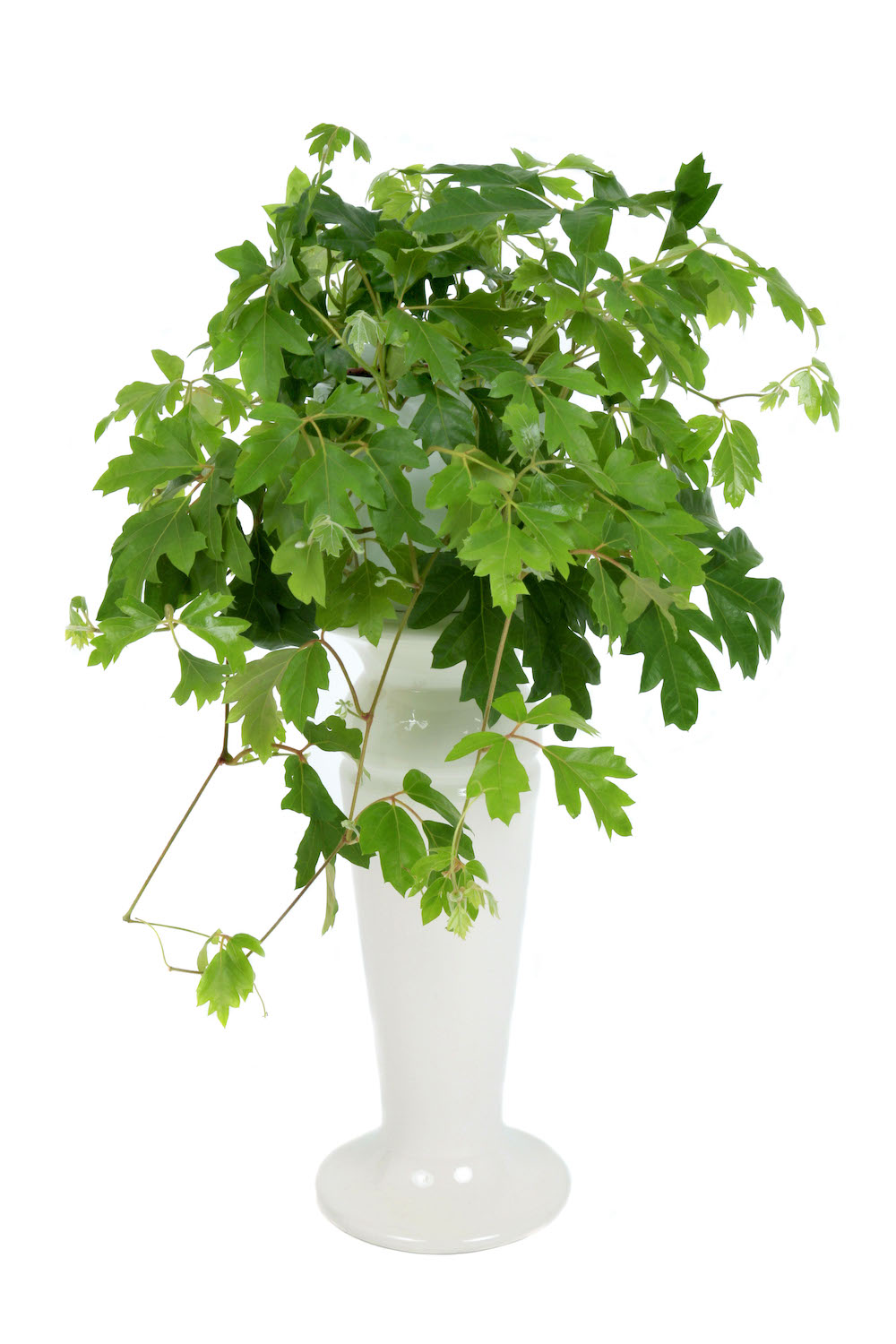
Trailing plants are a must in an urban indoor garden, as they enable a layered effect, much like you'd find in nature. From English ivy to Devil's ivy (Pothos), there's plenty of vines and cascading foliage to choose from.
A lesser known trailing plant is Grape ivy (also known as Kangaroo vine), which has glossy, toothed leaves and grows well in dappled spots.
'Recently grape ivy has regained some of its popularity, as it is very easy to grow,' says William Davidson, author of Dr Houseplant. 'This tall indoor plant will reach a height of 10 ft (3 m) indoors. To grow well, it will need some support, such as bamboo canes, or it can trail from a hanging basket.
'Look for bright, glossy leaves and abundant, bushy growth. These plants like a moderate atmosphere of around 50–60°F (10–15°C). Water most varieties well during the growing period so that the whole pot is moist, but allow the top layer of soil to dry out between waterings.'
5. Velvet Calathea (Calathea rufibarba)
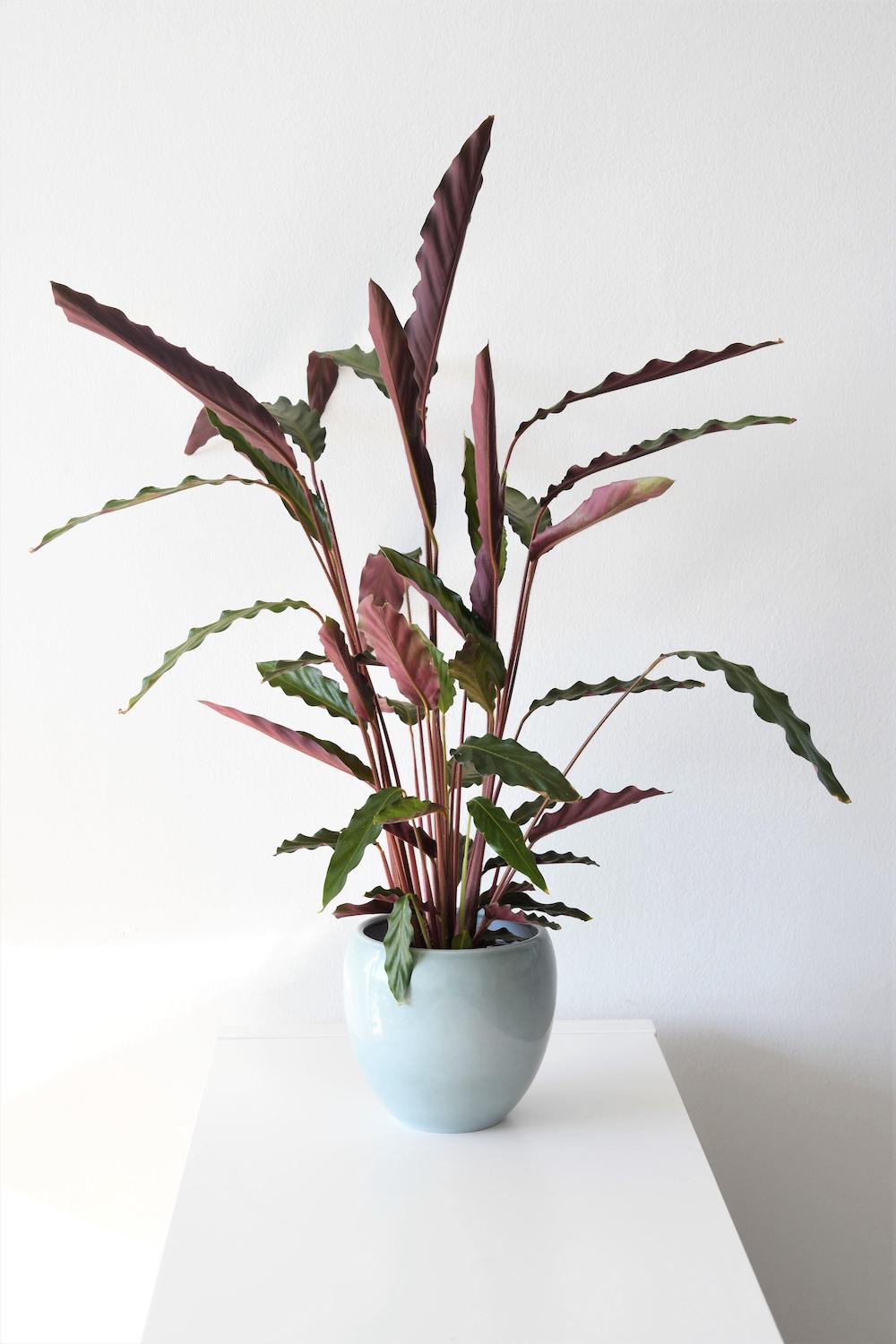
We're huge fans of Calatheas and there are many varieties within this spectacular plant family. A less common variety is the Velvet Calathea, prized for its unusual, textured two-tone leaves.
'The look of this plant’s leaves alone make it worth seeking out—they are dark green and lance-shaped with burgundy undersides and wavy edges,' says Lisa Eldred Steinkopf, author of Grow in the Dark.
'If you run your hands up the backs of the leaves, you will find out what makes it even more unique: they feel like velvet.
'This plant does great in a medium light, especially an east window. It also likes a north exposure. Do not place it in a light that is too bright, as it will burn or bleach the leaves.
'Keep it well watered, not letting it dry out. It also will need high humidity to deter spider mites from moving in. Place it on a pebble tray to raise the humidity.'






